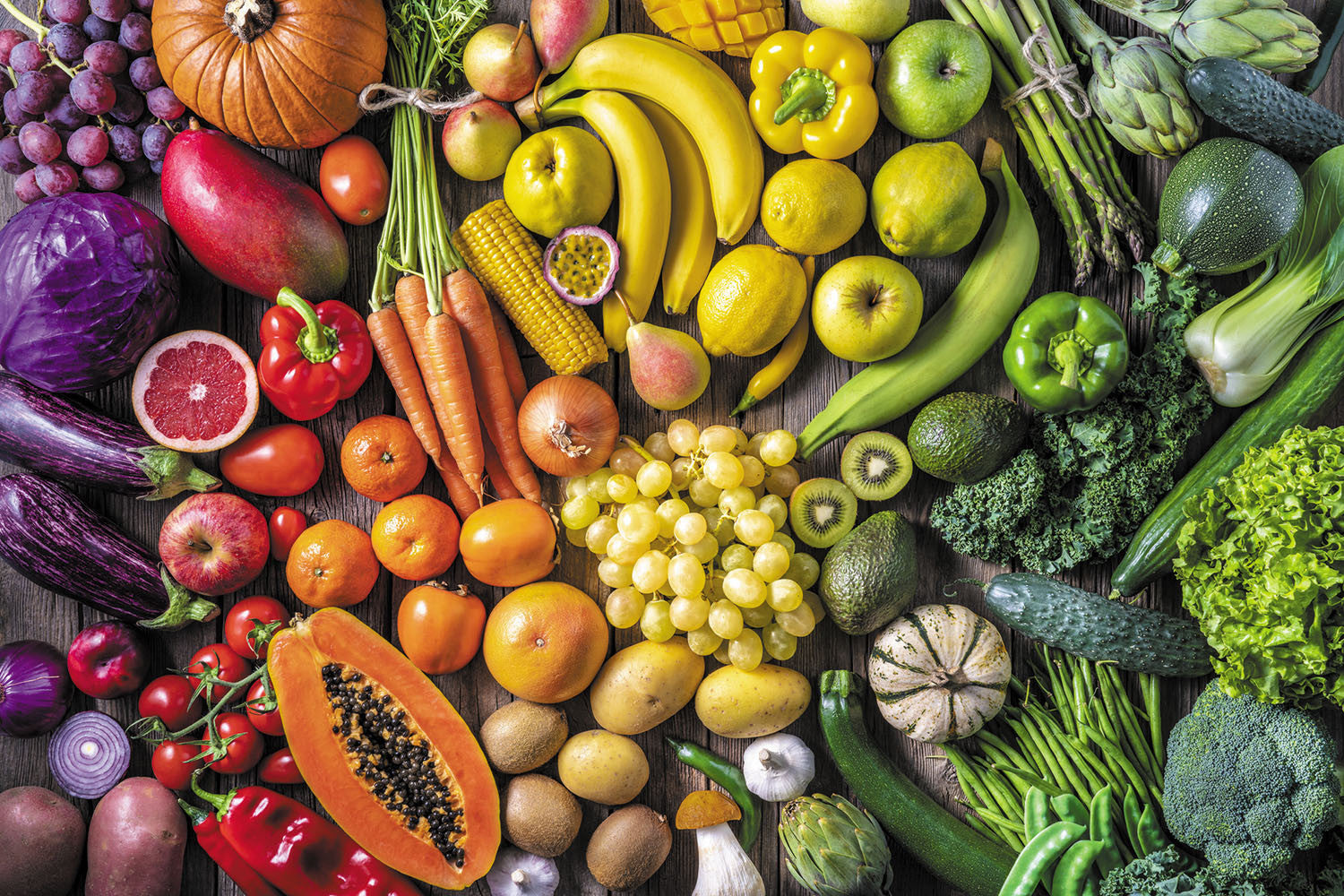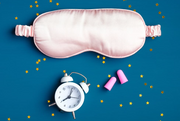What should I eat?

FOOD - WHAT SHOULD I EAT?
A good rule of thumb is to shop the perimeter of the grocery store. Focusing on eating vegetables, healthy fats, nuts, seeds, meat and fruit. You want to increase foods that speed up the healing process and remove foods that would slow it down.
You want organic when possible (especially meat). The best way to eat healthy is to prepare your own meals. Keep it simple. For example a simple breakfast could be a green smoothie, fruit and nuts, Egg and veggie omelette.
Blood sugar imbalances can make you and your adrenals feel like it’s on a roller coaster! To help stabilize blood sugar: Eat 50-75% of your plate deep colored vegetables/fruit; protein and healthy fat at every meal (especially breakfast)
-
Eat Balanced meals = healthy fat + protein + complex carbohydrate (mainly from vegetables and fruit)
-
Healthy fats = avocado, coconut/oil, nuts/seeds and nut/seed butters, olives/oil, ghee
Do NOT use a microwave to cook your food. Avoid storing food and beverages in plastic. Cooking suggestions HERE.
Things to avoid/eliminate:
Sugar, processed food, fast food, soybean/canola/vegetable oils, margarine, conventional meat (choose organic), limit dairy intake unless otherwise indicated in the notes section of your printout.
If your biofeedback testing said you need to avoid Dairy:
This includes: cheese, milk, ice cream, yogurt, cottage cheese, kefir, milk chocolate, cream sauces, certain salad dressings, half and half cream. If you need to strictly avoid it you should also avoid goat cheese/milk.
Eggs are not dairy so you can still have those.
If your biofeedback testing said you need to avoid Sugar:
Processed and added sugar, sweets, cookies, cake, dessert, ice cream. I know. This is tough. Don’t look to ingest scoops of maple sugar as a substitute because it’s “natural”. We’re trying to get your blood sugar/insulin production balanced. You can have fruit unless otherwise stated on your program.
The 21 Day Sugar Detox diet book has some good ideas for recipes.
If your biofeedback testing said you need to avoid Gluten or Wheat:
This includes: bread, pasta, many cereals, wheat. Look for hidden sources. There are many hidden sources of gluten. Check out the gluten free living section on Celiac.org
If your biofeedback testing said you need to avoid Nightshades:
Ashwagandha, Bush Tomatoes, Cape Gooseberries (or ground cherries, different from regular cherries), Capsicums, Cayenne pepper, Chili Pepper Flakes, Chili powder, Chinese Five-Spice Powder Cocona Curry Powder Curry spice powder, Eggplants, Garam Masala spice – because it contains peppers, Garden Huckleberries (different from regular huckleberries), Goji berries, Hot Sauce, Ketchup (and BBQ Sauce) – because they contain tomatoes, Kutjera, Most spice blends – because they contain peppers, Naranjillas, Paprika spice, Pepinos, Peppers (including bell peppers, sweet peppers, chili peppers, jalapeños), Pimentos, Potatoes (does not include sweet potatoes or yams), Red Pepper, Red Pepper Flakes, Steak Seasoning, Tamarillos, Tomatillos, Tomatoes
COOKING OILS
Oils to use in cooking should be stable with high heat, this includes: coconut oil, ghee, butter, avocado oil.
Olive oil/flax seed oil are best used for salad dressings or to be added after cooking is completed.
Purchase oils that are in glass and opaque containers. Store them away from heat. They can go rancid over time so you may want to consider buying regular/smaller bottles vs buying in bulk to keep them fresh. Personally I’ve found coconut oil has a longer shelf life than most other oils.
Don’t use these oils: vegetable, canola oil, margarine.
COOKWARE
Good cookware and storage options:
Stainless steel, cast iron, stoneware, (Stoneware baking sheet, stoneware pans), glass (let cool before putting on lid or use parchment paper in between lid and food)
Don’t use these:
Microwaves, Teflon, Aluminum, Plastic storage containers, reheating in plastic, premade frozen meals stored in plastic:
Have you heard of the Dirty Dozen?
These twelve crops contain the highest levels of pesticide residue and therefore, should be bought organic when possible. Strawberries, which top the list as having the highest levels of residue, can contain 22 different types of pesticide residues on just one sample.
- Strawberries
- Spinach
- Nectarines
- Apples
- Grapes
- Peaches
- Cherries
- Pears
- Tomatoes
- Celery
- Potatoes
- Sweet Bell Peppers
Have you heard of the Clean Fifteen?
The Clean Fifteen refers to fifteen crops that have the lowest levels of pesticide contamination. Therefore, these fifteen crops do not need to be purchased organic, at the EWG’s recommendation.
- Avocados
- Sweet corn
- Pineapples
- Cabbages
- Onions
- Sweet peas
- Papayas
- Asparagus
- Mangoes
- Eggplants
- Honeydews
- Kiwis
- Cantaloupes
- Cauliflower
- Broccoli


